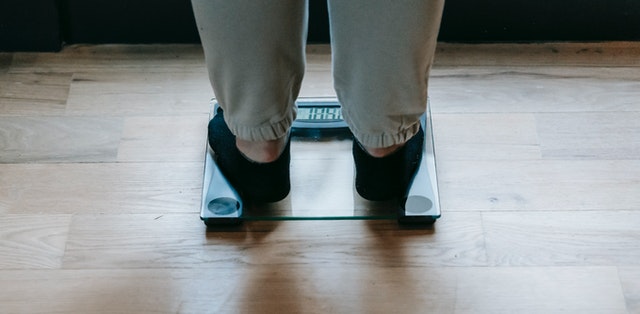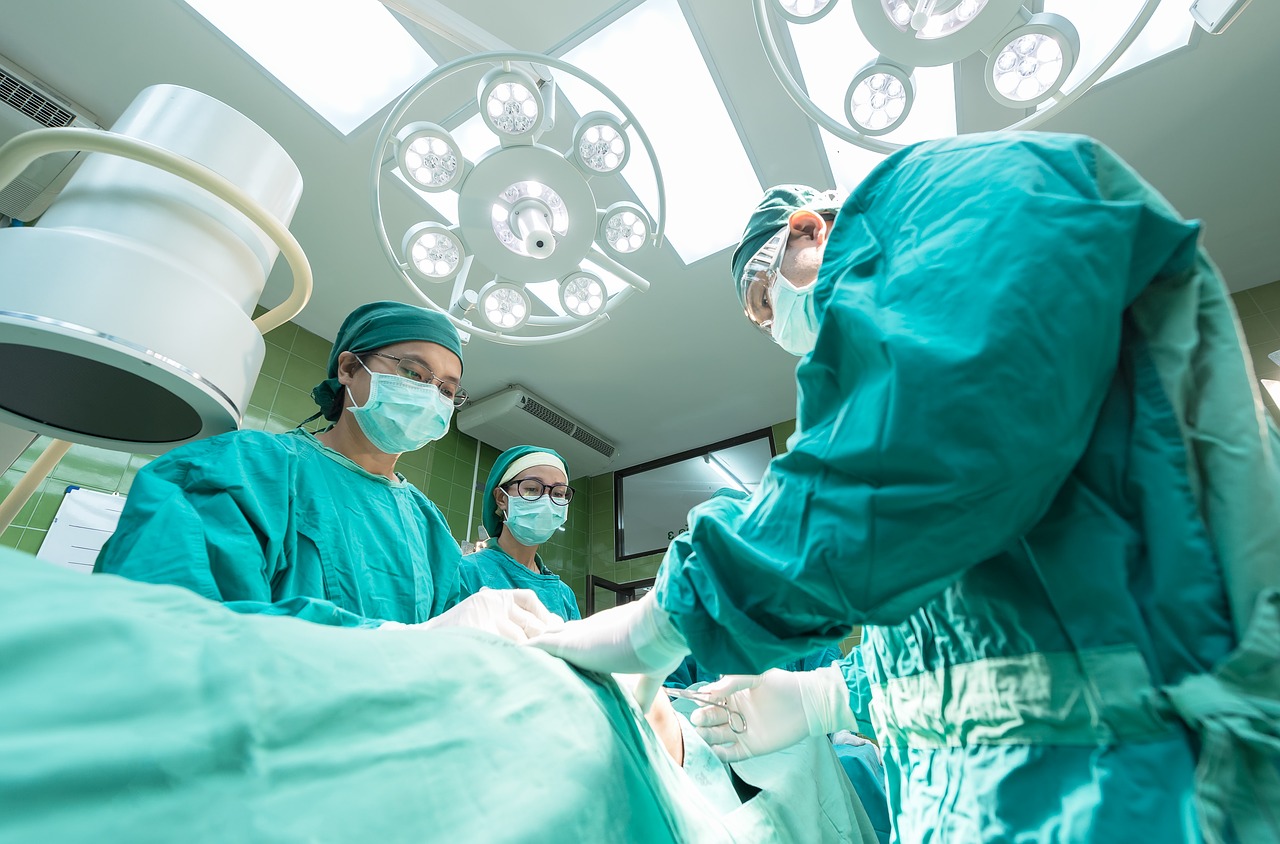Four hidden dangers if spider veins are left untreated
Are you dreaming of a beautiful, healthy leg or body? You can make your dream become a reality by choosing to stay the way you are or get cosmetic treatment.
Spider veins are usually found around the ankles, thighs, knees, and hips and may be white, brown, blue, purple, or red. They are fairly common among the population. Joanne Webber, a lead clinical nurse consultant for the British Skin Foundation, said: “They’re not a big risk for most people because there are some steps you can take to minimise the appearance of them. However, people regularly exfoliate to keep the skin smooth and acne-free. Still, if any of these symptoms are left untreated, spider veins can become dangerous and lead to varicose veins. To get spider vein treatment, visit a vein specialist to check the veins and get the necessary treatment procedures. Contact us today to get suitable treatment for spider vein and other vein disease.
The hidden danger when spider veins are left untreated is the poor quality of life. For your health’s sake, it is better when spider veins are noticed early and treated early too. Even though Spider veins can get really embarrassing for some people, causing low self-esteem for such people, spider veins constitute serious health problems for others. If you have spider veins, visit a specialist to check the severity and determine what treatment procedure to carry out. Our medical specialists are always available to attend to your health needs.
Read on to know more about spider veins and the dangers of leaving them untreated.
What is a spider vein?
Spider veins are also known as thread veins. They are thin, small blood vessels that become noticeable on the skin, mucous membrane, or anywhere in the body. They are smaller than varicose veins and more embarrassing than painful. You can see spider veins anywhere on your body. It can be your hand, leg, face, and upper body, and they can be red, blue, or purple.
We should not confuse spider veins for varicose veins. Spider veins are often mistaken for varicose veins and are sometimes used interchangeably. Varicose veins are twisted and enlarged on the skin, but spider veins are more like the shape of a spider. Although they have the same symptoms, causes, and treatment procedures, spider veins can grow into varicose veins if left untreated.
Causes
Spider veins are caused by different factors or health conditions that may not be serious. They are caused by some underlying factors, which are:
- Unhealthy valves. The weak valves cause blood to move backward instead of upward towards the heart. The blood then accumulates in the veins causing pain, redness, and swelling of the affected area.
- Pregnancy. Hormonal changes may weaken valves and veins. Also, the growth of the womb puts pressure on the pelvic region, which can cause spider veins.
- Sex. Anyone can get spider veins irrespective of gender, although it is common to women.
- Unhealthy weight. Being obese can result in you having spider veins.
- Being Unfit. If you are not fit and do not engage in any physical activities, there is a likelihood of you getting spider veins.
- Occupation. The type of job you do may cause spider veins. If your job requires you to be static, for instance, consistently, standing or sitting for long periods, you are at risk of spider veins.
- Family history. Spider veins can be inherited. If you have a family member or family members with spider veins, you may get it too.
Symptoms of spider veins
The symptoms are the same as the varicose disease. They include:
- The appearance of red, purple, or blue blood vessels on the skin.
- Mild discomfort in the affected area.
- mild burning sensation in the affected region.
- Tingling
- Bleeding
- itching
- Excessive sweating or sun exposure
Diagnosis
Spider veins can be diagnosed by evaluating the affected area visually and pressing the affected area. The region affected is closely observed. Areas that are swollen, red, discolored, and having skin ulcers are checked thoroughly. Most times, spider vein cases do not require treatment, but in other cases, they might need serious medical attention.
Treatment
The treatment procedures can be self-care treatment carried out by the person affected or cosmetic treatment done by a specialist or dermatologist.
Self-care treatment
these are treatments you do at home to help alleviate symptoms and prevent complications. They are:
- Support stockings: these are Compression stockings that help decrease the size and appearance of existing spider veins and prevent new ones.
- Regular exercise: engaging in physical activities enhances the circulation of blood flow in the body, thereby preventing and improving spider vein condition.
- Weight loss: reducing body overweight decreases chances of swelling in the legs or spider veins.
- Do not stand or sit for too long: this aids blood flows properly in the body.
Cosmetic treatment:
There two main spider veins cosmetic treatments. They do not require anesthesia, hospitalization and both are quick, minimally invasive treatment. They are:
- Sclerotherapy: in this procedure, the doctor injects medicine in the veins that causes them to shrink. After a few weeks, the treated spider veins fade. This treatment will require more than one procedure. It is effective in treating spider veins.
- Endovenous laser ablation: incision or needle is not used for this treatment. Light, radiofrequency energy, ultrasound, or laser energy are sent to the veins via a catheter to restore proper blood circulation and close the veins. Then, the spider veins disappear over time.
- Dangers of untreated spider veins
If spider veins are left untreated
They become worse, painful, and uncomfortable. This results in serious medical problems such as varicose disease, which are harmful to your health and quite challenging to manage or heal. They can affect vital organs of the body and your health generally. Four dangers of untreated spider veins include:
- Complicated bleeding: there is increased pressure on the veins when the spider veins are not treated. This causes the capillaries to burst, thereby making the skin gets discolored and highly prone to bleeding. This bleeding, though not severe, damages nearby tissues and causes inflammation. Now, your skin becomes vulnerable and any little scratch may cause extensive bleeding. Individuals with untreated spider veins get injured and bleed easily until the veins are treated
- Chronic venous insufficiency: when the valves in the leg veins are not working effectively, it becomes difficult for blood to return to the heart from the leg. Chronic venous insufficiency causes blood to accumulate in the veins, and as a result, the legs become swollen.
- Ulcer: this is when the capillaries burst. It discolors the skin and sometimes fails to heal, causing sores or ulcers that are very painful. Over time, the sores tend to become infections. These infections can be very dangerous and difficult to treat. It may result in a deadly disease called cellulitis.
- Blood clot: blood clot is highly harmful to the body and can get to the heart, brain, lungs. Life-long vein disease can occur. Ignoring spider vein can result in life-threatening blood clot-related conditions such as:
- Thrombophlebitis: the vein gets hard when blood clots and the skin is painful to touch.
- Deep vein thrombosis: it is the formation of a blood clot in the deep vein. It causes pain, swelling, enlargement of veins, and redness of affected areas.
- Pulmonary embolism: the blood clot moves to the lungs and blocks the artery in the lungs causing shortness of breath, chest pain, and coughing of blood.
Summary
You have seen the different dangers of untreated spider veins. The spider veins may either disappear on their own or become permanent. They can occur on their own or become associated with varicose veins. Treating spider veins improves your skin and body health. Cosmetic treatment for spider veins requires multiple treatment sessions in order to achieve the desired result.
Do not ignore spider veins when you notice one on your body. As highlighted above, there are looming dangers due to an untreated spider vein and which may seriously damage your health. So, you can’t afford to take even the smallest sign of spider veins unseriously. Regular medical screening is an integral part of preventative healthcare. Discuss related signs and symptoms with a doctor as soon as you notice one. Contact us today to book an appointment.





